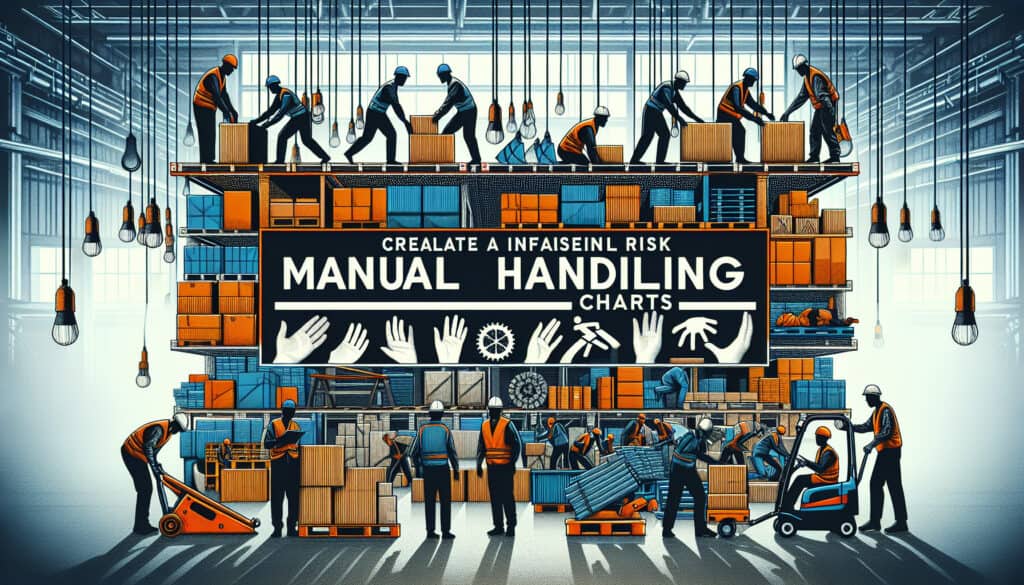To identify high-risk manual handling tasks.
- 方法: 构思, 解决问题
手动搬运评估表 (MAC)

手动搬运评估表 (MAC)
- 持续改进, 人体工程学, 人为因素, 人因工程(HFE), 流程改进, 质量控制, 质量管理, 风险管理, 安全
目标
如何使用
- A tool developed by the UK's Health and Safety Executive (HSE) to help assess the most common risk factors in lifting, carrying, and team handling operations. It uses a simple scoring system and color-coded chart to classify risk.
优点
- Simple and easy to use, even for non-experts; Provides clear visual guidance on risk levels.
缺点
- Less detailed than a full ergonomic assessment; Focuses primarily on lifting and carrying.
类别
- 人体工程学, 风险管理
最适合:
- Screening manual handling tasks to quickly identify those that require a more in-depth ergonomic assessment.
The Manual Handling Assessment Charts (MAC) methodology is widely used in industries such as manufacturing, healthcare, logistics, and construction where manual handling tasks are prevalent. MAC is particularly relevant during project phases involving risk assessments, workplace design, and health and safety evaluations, allowing teams to quickly identify potential hazards associated with lifting and carrying activities. It is typically initiated by health and safety officers, ergonomists, or team leaders who are responsible for workplace safety. Participants in the assessment process may include employees engaged in manual handling tasks, supervisors, and safety representatives who can provide context and experience regarding the risks involved. By utilizing this tool, organizations can prioritize which tasks require further ergonomic evaluations, ensuring that resources are allocated efficiently and reducing the likelihood of musculoskeletal disorders among workers. The scoring system not only provides a straightforward approach for even those without specialized training but also facilitates communication among team members by employing visual risk indicators, making it easier to foster a culture of safety. This is particularly beneficial in environments where continuous improvement is sought, as it can lead to the development of safer work practices and enhanced training programs based on identified risks.
该方法的关键步骤
- Identify the manual handling task to be assessed.
- Determine the load characteristics, including weight, size, and shape.
- Evaluate the handling environment, noting any space constraints or hazards.
- Assess the individual’s capability, including their physical condition and training.
- Score the task using the MAC scoring system based on the identified risk factors.
- Utilize the color-coded chart to classify the risk level.
- Identify tasks requiring further ergonomic assessment based on the risk classification.
专业提示
- Regularly update and calibrate the MAC scoring based on new research, regulations, or industry best practices to enhance accuracy in risk assessment.
- Integrate MAC results with direct observation data from the field to contextualize findings and develop targeted intervention strategies.
- Provide training sessions that focus on interpreting MAC scores and implementing suggested changes, ensuring all team members are proficient in ergonomic principles.
相关文章
METS 卡路里计算器
元分析
信息映射
心理模型图
可接受的最大推力和拉力
物料需求计划(MRP)